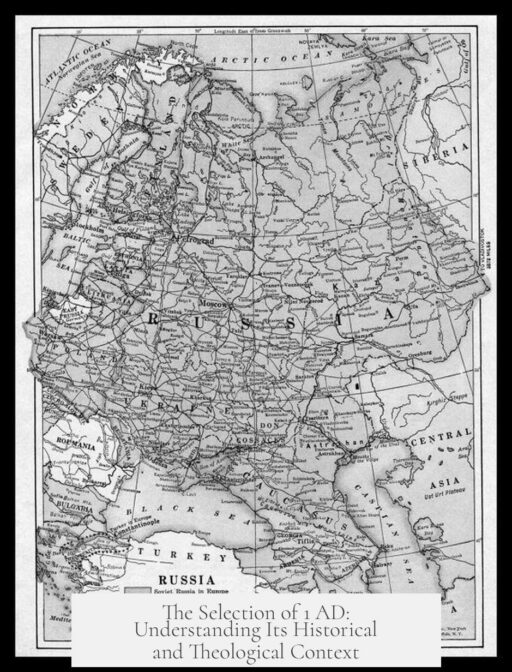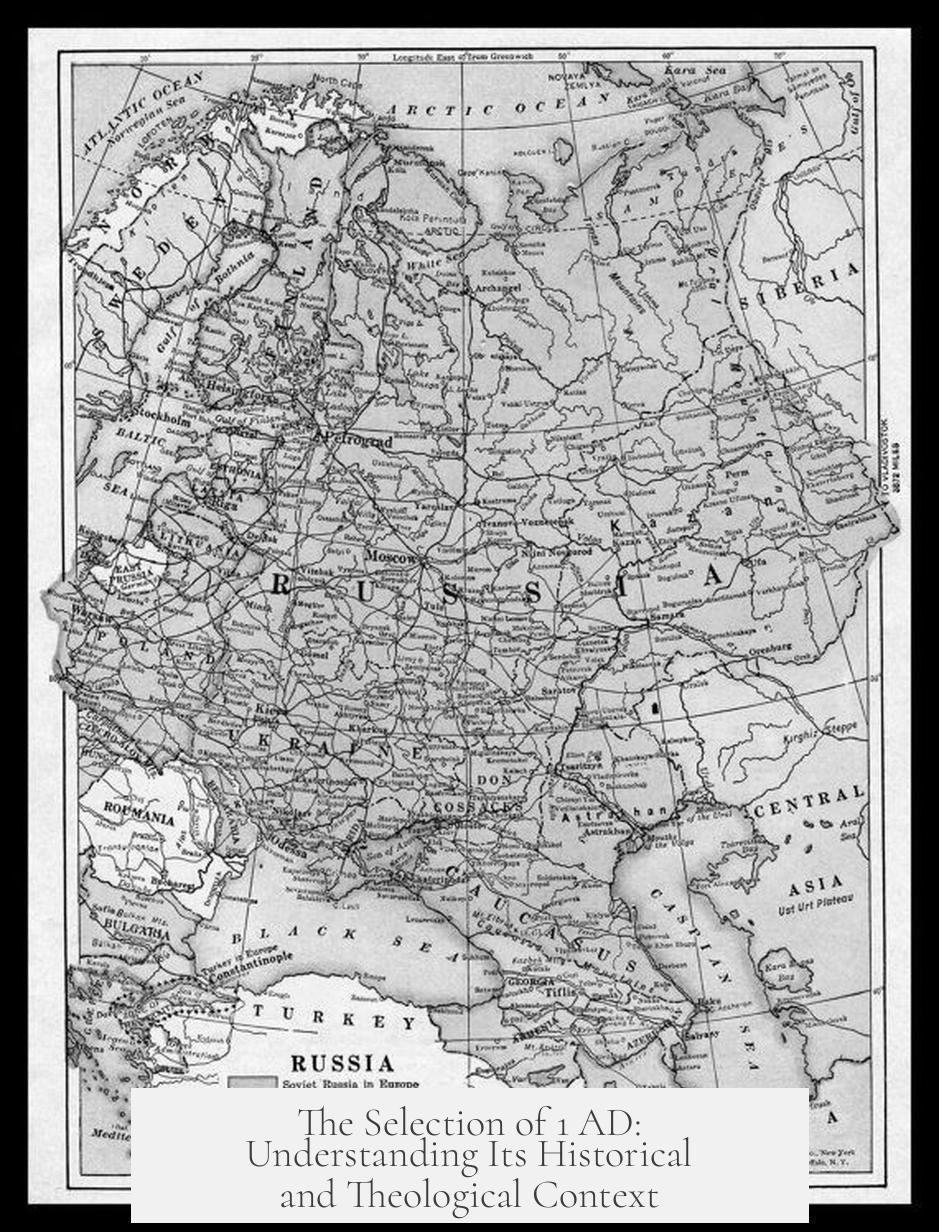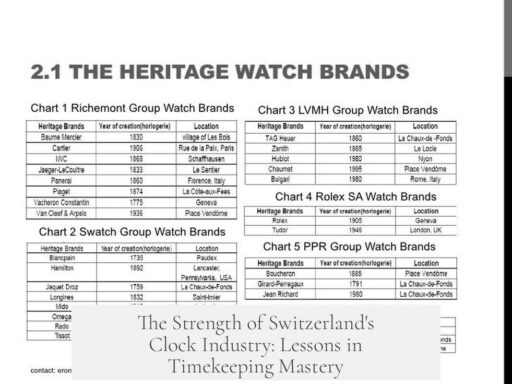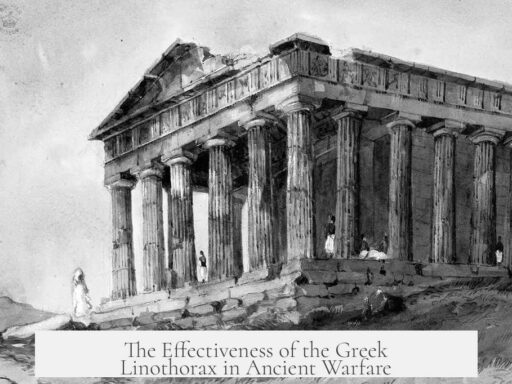The year 1 AD was chosen as the starting point of the Anno Domini (AD) era due to the 6th-century monk Dionysius Exiguus’ desire to reckon years from the incarnation of Jesus Christ rather than from the Diocletian era, which marked the reign of a persecutor of Christians. However, Dionysius did not explain how he calculated this starting point, and modern scholars still debate the rationale behind his choice, as well as the exact year of Jesus’ birth.
The AD system is closely tied to Christian efforts to determine a consistent date for Easter. Easter, a key Christian festivity celebrating the resurrection of Jesus, depends on both lunar cycles and the solar calendar. Early Church scholars struggled to reconcile these cycles to establish accurate annual Easter dates. Various Paschal tables emerged, with different regional rules producing conflicting Easter celebrations well into the 8th century.
Dionysius Exiguus, working in Rome around 525 AD, translated and extended these Easter tables from the Alexandrian Church’s records. The Alexandrian tables counted years from Emperor Diocletian’s reign beginning in 284 AD, known as the era of the martyrs because of his persecution of Christians. Dionysius objected to this era and instead introduced a system beginning from what he considered the incarnation of Christ. Significantly, he labeled the year corresponding to the 248th year of Diocletian’s reign as year 532 “from the incarnation,” which essentially starts the AD calendar. Yet, he never detailed how he made this equivalence.
Dionysius’ tables gained popularity in the Latin West and his AD system gradually replaced the Diocletian era for both ecclesiastical and secular dating. By the 9th and 10th centuries, the Anno Domini era was widely used, despite some contemporaries noticing inconsistencies compared to Gospel records. The phrase “anno Domini” itself first appears in his works.
Modern historians find Dionysius’ calculation puzzling; no surviving evidence clarifies his methods for equating certain years. Other Christian scholars before him produced birth-year estimates for Jesus based on Gospel data, placing it roughly between 4 BC and 2 BC, but these were never formalized into a calendar era. Dionysius’ approach thus represents a unique, undocumented choice rather than a rigorously supported computation.
Interestingly, the assignment of Jesus’ birth year to what we now call 1 BCE or 1 BC emerged about two or three centuries prior to Dionysius. This dating appears in early Christian writings, such as those by Origen (early 3rd century) and later in the Chronography of 354, produced in the 4th century. The motivation to assign specific dates intensified due to 2nd-century theological disputes about the length of Jesus’ ministry and the correct date to celebrate Easter.
The Gospels themselves provide conflicting information about Jesus’ birth date:
- Matthew 2 connects Jesus’ birth to King Herod’s reign, who died in 4 BC, implying Jesus was born in or before 4 BC.
- Luke 1:5-38 suggests John the Baptist was conceived during Herod’s reign, with Jesus conceived about six months later, indicating a birth no later than 3 BC.
- Luke 2:1-2 places Jesus’ birth at the start of Quirinius’ governorship (6-7 CE), a date inconsistent with Herod’s reign.
- Luke 3:1-3 and 3:23 imply Jesus began his ministry around 29 CE at about age 30, suggesting a birth around 2 BC.
Scholars widely agree this data is contradictory. The modern consensus, placing Jesus’ birth roughly between 6 BC and 4 BC, mainly derives from reconciling Matthew and Luke 1, while sidelining other accounts. Dionysius’ dating ignores these inconsistencies and instead sets a fixed calendar starting point, which became the historical and practical basis for the AD system.
To summarize the key points:
- Dionysius Exiguus devised the Anno Domini era around 525 AD to distance Christian dating from the Diocletian era.
- He equated the 248th year of Diocletian’s reign with 532 AD “from the incarnation” but did not explain his calculation.
- The AD system was motivated by efforts to standardize Easter dating and spread through ecclesiastical adoption.
- The birth year of Jesus remains uncertain, with Gospel accounts giving conflicting dates between 6 BC and 7 CE.
- 1 AD corresponds to the year Dionysius fixed as Christ’s incarnation, not a historically confirmed birth year.
Why Was the Year 1 AD Chosen as 1 AD?
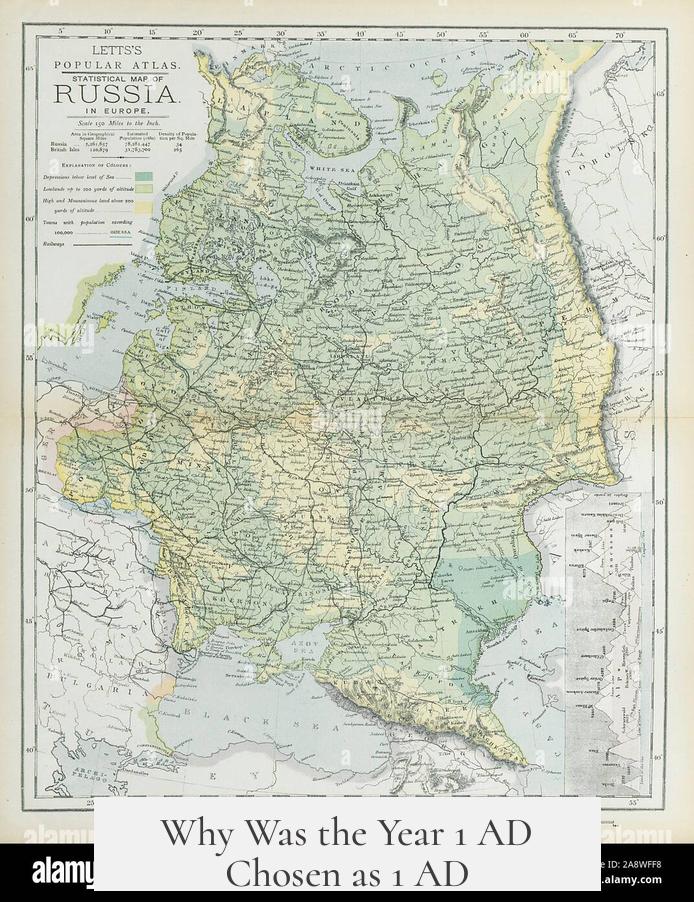
The choice of the year 1 AD as the starting point for the Anno Domini era was not a straightforward calculation based on historical facts but rather the result of a complex intertwining of Christian liturgical needs, theological disputes, and a bit of medieval guesswork. This story takes us back many centuries, to a time when the precise dating of events, especially those linked to Jesus Christ, was far from settled knowledge.
The Anno Domini Era: More About Easter Than Birth
Surprisingly, the Anno Domini (AD) calendar system owes its origins mostly to the challenge of calculating the date of Easter.
Easter is not just a random date; it commemorates the resurrection of Jesus and is linked closely to the Jewish Paschal festival. Since the Jewish calendar is lunar, while the Julian calendar, used by Romans, was solar, calculating Easter required synchronizing two very different time systems.
Finding a valid Easter date meant fitting lunar cycles within the solar year—no small feat. Easter’s date famously shifts every year as a result.
This led early Christian scholars, clergymen, and astronomers to develop Paschal tables: guides listing Easter dates, based on complex calculations. Different regions often had different tables and thus celebrated Easter on different days well into the eighth century.
Dionysius Exiguus: The Monk Who Picked 1 AD
Enter Dionysius Exiguus, a Roman monk and scholar from the early sixth century who worked on translating and expanding Easter tables originally from Alexandria, Egypt.
The Alexandrine tables used the Diocletian era, counting years from Emperor Diocletian’s reign beginning in 284 AD. Diocletian was infamous among Christians for persecuting them, so Dionysius wanted a calendar that wasn’t named after a tyrant.
He asserted years counted from “the incarnation of Jesus” instead, starting his calendar at what he declared to be the year of Jesus’ birth.
In 525 AD, Dionysius prepared a new 95-year cycle of Easter dates. Rather than start from the year following Diocletian’s reign (the 248th year of the Diocletian era), he labeled it as the 532nd year “from the incarnation of Christ.”
Here’s the kicker: Dionysius never explained how he made this leap from Diocletian’s dates to Christ’s birth. The choice of the year 1 AD remains cryptic.
Why the Mystery? Unpacking Dionysius’s Calculation
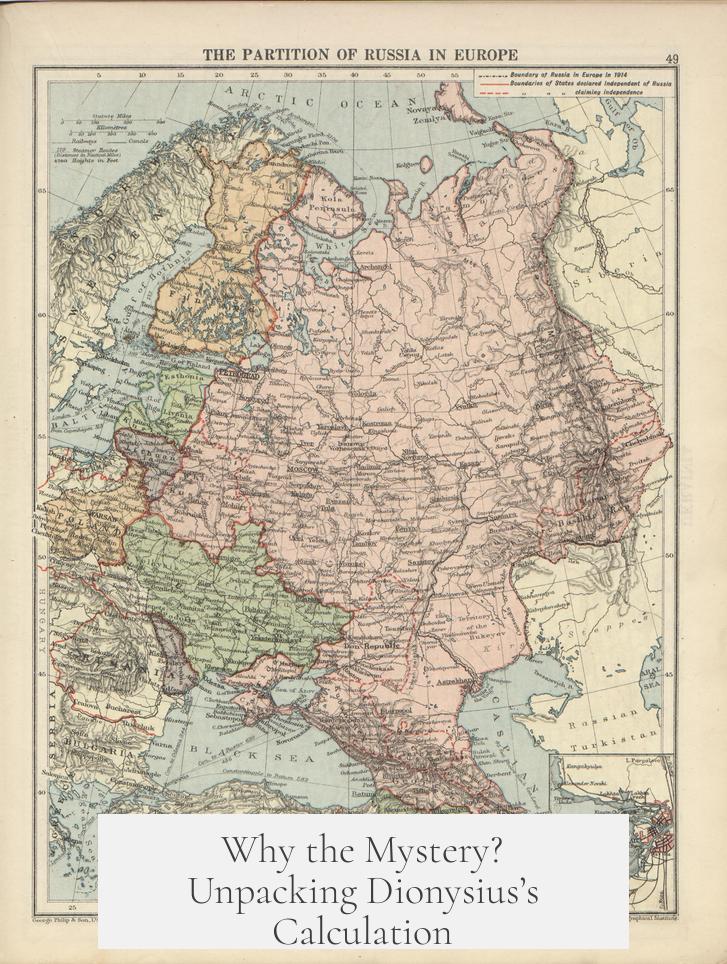
Modern scholars are still scratching their heads over the exact reasoning behind Dionysius’s equation of the 532nd year from the incarnation with the 248th year from Diocletian.
Even before Dionysius, Christian scholars had estimated Jesus’ birth around 4 to 2 BCE from various Gospel clues, though none had linked those calculations to official calendars.
Dionysius’s system gained widespread acceptance, especially in the Latin-speaking West. It eventually became the main calendar system used by both religious and secular authorities.
The discrepancy between historical evidence and Dionysius’s dating sparked complaints in the ninth and tenth centuries but didn’t diminish AD’s growing popularity.
Earlier Dates From Origen to Eusebius
The concept of assigning Jesus’ birth near what is now labeled 1 BCE (sometimes called 1 BC) existed at least two or three centuries before Dionysius.
The earliest recorded mention of this date appears in Origen’s works in the early 200s AD. The idea gained further traction in the first half of the 4th century, particularly through Eusebius’s Armenian chronicle and the 336 AD Chronography of 354.
These sources came to a rough consensus on a specific timeframe, which Dionysius later embraced in his Easter tables.
Theological Disputes Drive Dating Attempts
By the second century, two key theological debates pushed scholars to try and fix exact dates:
- How long did Jesus’ ministry actually last?
- What exactly was the right date to celebrate Easter?
Resolving these questions required pinpointing the beginning of Jesus’ life on earth, which fed into decisions about calendar eras.
Gospel Accounts: Four Conflicting Birth Dates
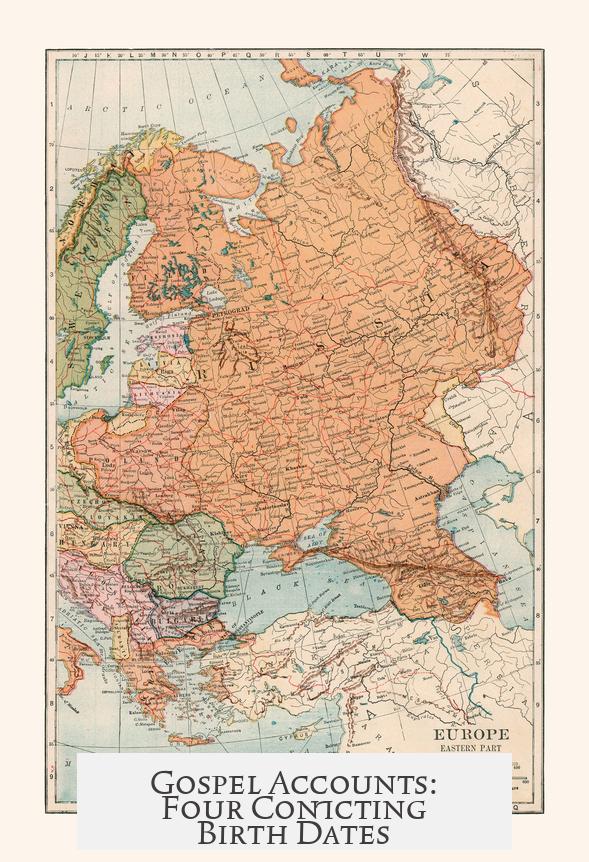
Here’s where it gets even messier. The four main Gospel references to Jesus’ birth disagree quite a bit.
- Matthew ties Jesus’ birth to the reign of Herod the Great, who died in 4 BCE—implying Jesus was born no later than that year.
- Luke suggests John the Baptist was conceived under Herod, and Jesus conceived six months later, implying a birth no later than 3 BCE.
- Luke also says Jesus was born at the start of Quirinius’ governorship, which was 6 CE, suggesting a birth much later than the other accounts.
- Furthermore, Luke notes Jesus began ministry around 29 CE and was about thirty years old, which suggests a birth date near 2 BCE.
This wide range, from 6 BCE to 6 CE, clashes with Dionysius’s choice of year 1 AD as the starting point, suggesting he wasn’t following Gospel chronology carefully.
Modern Consensus and Its Limitations
Today, scholars generally favor a birth date between 4 BCE and 6 BCE, mainly focusing on Matthew and some parts of Luke. The later chapters of Luke and the Quirinius census present problems that are often sidelined due to inconsistency.
Still, the AD system, despite its shaky historical basis, remains dominant. The label “1 AD” is more about cultural and religious tradition than precise historical timing.
Why This Matters Today
Understanding why 1 AD was chosen helps us better grasp how history and faith intertwined to birth the calendar we use today.
It reminds us that calendars are human constructs, shaped by culture, politics, and religion as much as by astronomy.
Next time you mark a birthday or an event as happening “in AD,” remember this story behind the number: a monk’s attempt to center time around a spiritual milestone, linked to the much thornier question of exactly when Christ was born.
Final Thoughts: What Could Have Been?
Imagine if Dionysius had chosen 4 BCE as year 1 AD instead! Would our whole understanding of “Before Christ” and “Anno Domini” change? Would historians and theologians have less to argue about?
Perhaps. But tradition won, quirks and all, shaping history in ways many never suspect.
So, the choice of the year 1 AD stands as a fascinating blend of religious devotion, scholarly effort, and a bit of historic mystery.
